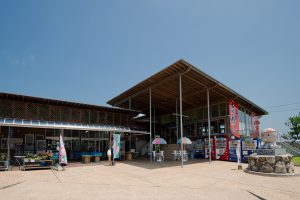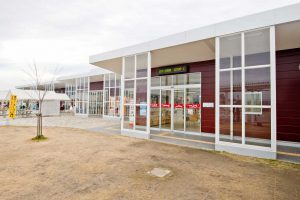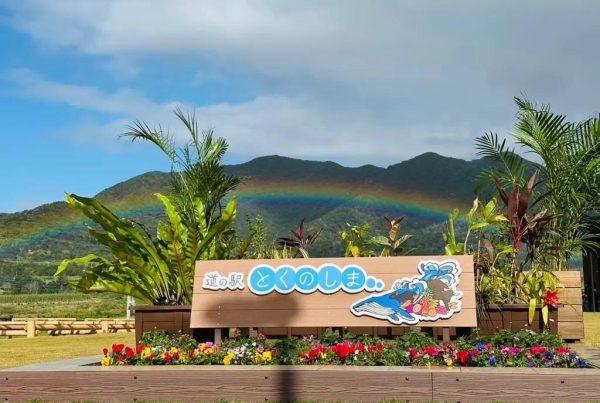Roadside Station Yamakawa Port Ikkaokaido
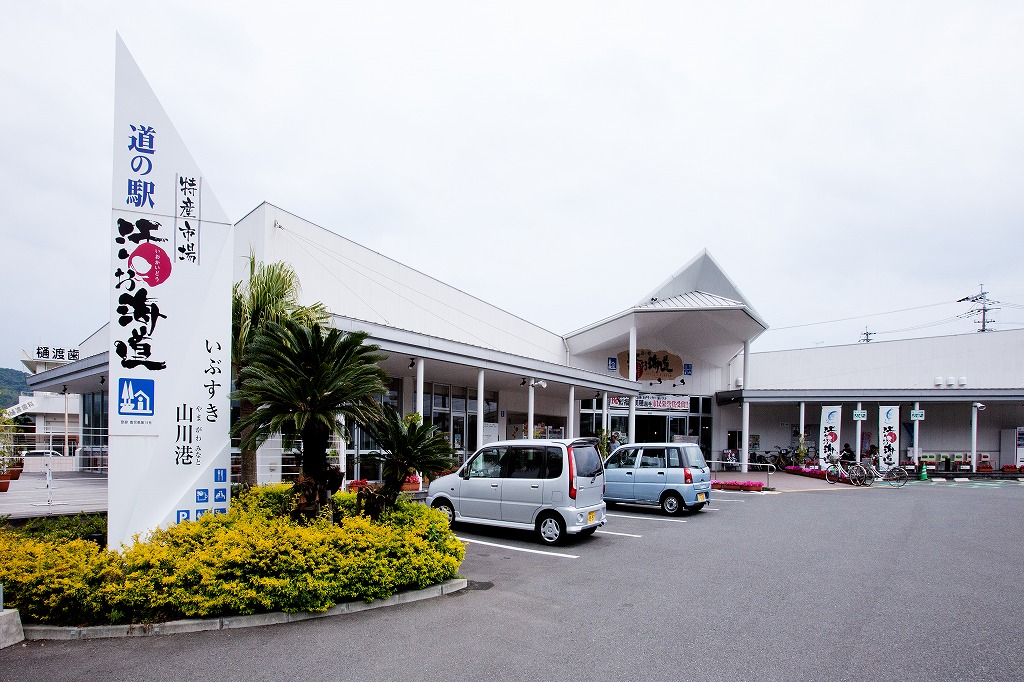
Index
A full lineup of marine products can only be found in a fishing port!
If you want to buy the best dried bonito flakes in Japan, this is the place to go!
The southernmost roadside station on the mainland. Katsuo" is read as "io", meaning "fish" in the local language. With Mt. Kaimondake in the background and the Yamakawa Fish Port in front of it, the roadside station is also known as "Crane Port. The roadside station, named after its name "Port of Cranes," boasts a cluster of tenants that make it look like a bustling market. The store sells dried bonito flakes, dried fish, surimi, satsuma-age (deep fried fish cake), and saba-zushi (mackerel sushi). There is also a fresh fish corner selling bonito, kanpachi, and other fresh fish, a live fish corner, and a take-out corner where you can buy taiyaki-like "katsuoyaki" (bonito dumplings). In the zone for direct sales of specialties, there are also Katsuobushi ramen noodles and Katsuobushi shochu (distilled spirit), making it truly a bonito kingdom. At the market cafeteria, enjoy a bowl of rice topped with seafood and bonito tataki dishes!
Roadside Station Yamakawa Port Ikkaokaido Basic Information
| Location | 1-10 Yamakawa Kinsei-cho, Ibusuki City, Kagoshima Prefecture |
|---|---|
| Phone number | 0993-27-6507 |
| Business Hours | 8:30-17:30 Restaurant 11:00-15:00 |
| Access | 65 minutes from Ibusuki Skyline Taniyama IC |
| Official HP | https://io-kaido.com/ |
Map of Roadside Station Yamakawa Port Ikkaokaido
Roadside Station Yamakawa Port Ikkaokaido Gourmet Information
Local product: Honkare Bushi (dried bonito)

Shizuoka Prefecture is by far the largest skipjack fishery, while Kagoshima Prefecture ranks 10th. When it comes to the production of dried bonito flakes, however, Kagoshima is by far the top producer. Makurazaki City is famous for its dried bonito flakes, but the neighboring town of Yamakawa in Ibusuki City is just as famous for its dried bonito flakes as Makurazaki. Yamakawa boasts a 70% share of the national market for honkare-bushi, the highest grade of dried bonito flakes. The process of making bonito flakes follows the traditional method of making bonito flakes, which is a time-consuming 18-step process. The process of kabi-ing and sun-drying alone is done four times! Cooking with this honkare-bushi makes for a great taste!
The best place to eat Yamakawa Katsuo Tataki Set Meal
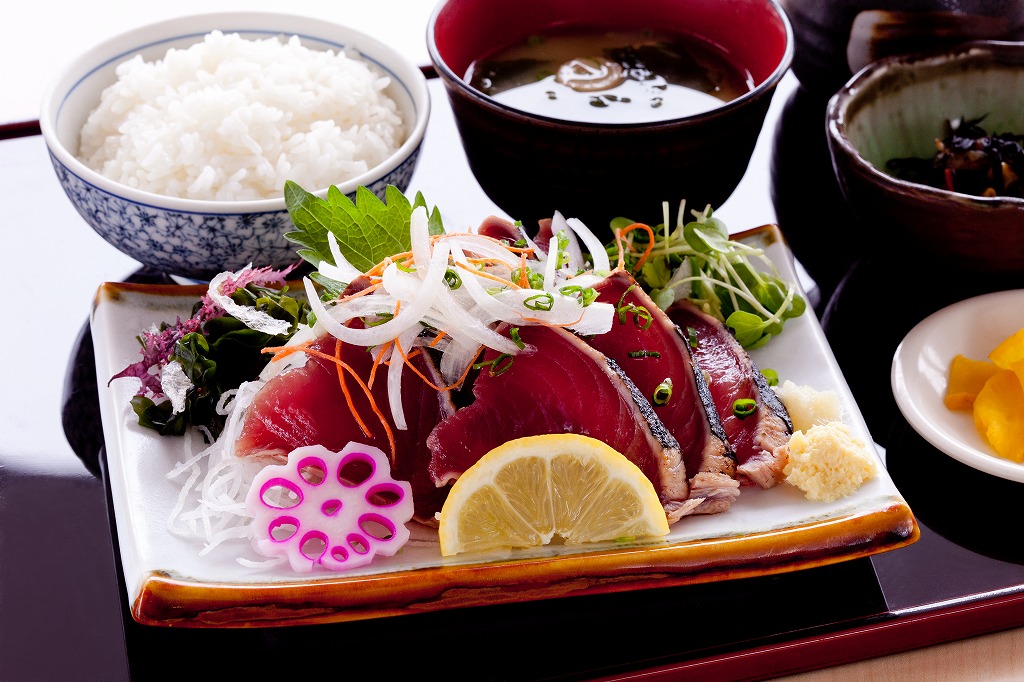
If you are going to eat at a roadside station that pushes bonito, it is impossible not to try some bonito dishes. Among the sashimi set menus, seafood bowls, and kampachi bowls, the "Yamakawa bonito tataki set meal" remains a firm favorite. The bonito landed at the Yamakawa Fishing Port is immediately chopped and the color and gloss of the bonito is a testament to its "deliciousness. And what if it is not tasty? Ponzu (Japanese citrus juice), grated garlic, and ginger are combined with the tataki, dipped in the sauce, and poured into the mouth. The dish is served in the mouth, and a smile breaks out on your face. The set meal comes with rice, soup, pickles, and a small bowl of cooked food for the price of 1,000 yen (tax included). Other dishes include the Katsuo Katsu (bonito cutlet) set meal (1,000 yen), and hot tamarind bowls of rice topped with kakuni (katsuo kaku-ni) or katsuo kabayaki (katsuo kabayaki).
Buy this Yamakawa pickles
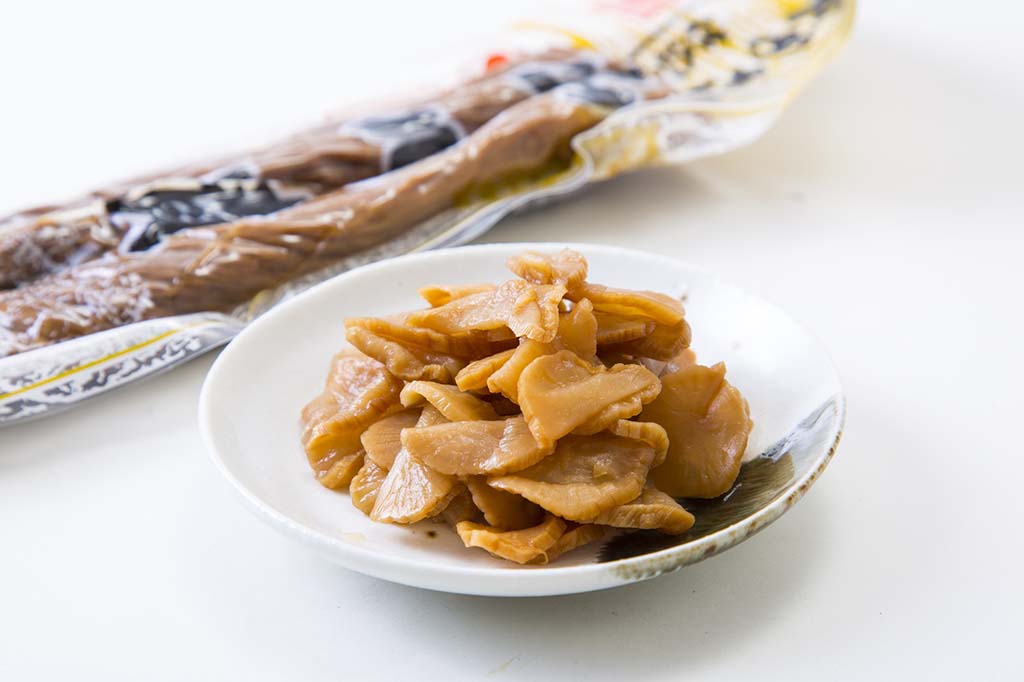
Yamakawazuke, pickled daikon radish, was born in Yamakawa, a port town of fishermen and trading ships. Pickles in a fishing town? You might think. It has a history of nearly 500 years, and in fact, there is a record of Yamakawazuke being loaded onto warships during Hideyoshi's invasion of Korea. Originally, daikon radish cultivation flourished in this area, and the mild climate is ideal for drying daikon in the sun. Yamakawazuke is made by fermenting sun-dried daikon radishes for nearly half a year. The texture is crunchy, the flavor deep and unique, and the sweetness is typical of Satsuma. 260 yen and up (tax included).
© P.K.N.
Around Roadside Station Yamakawa Port Ikkaokaido
Ward-managed eel hot springs
If you want to have fun in the area
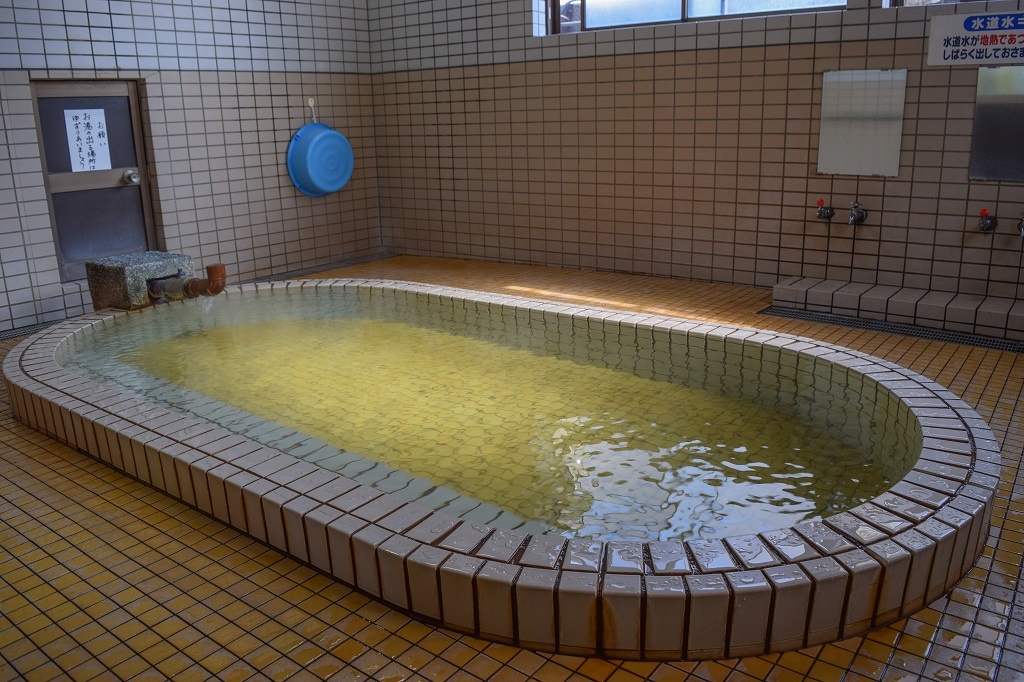
A 13-minute drive from the roadside station, Eel Village is a secluded hot spring village with only a few guest houses and a public bathhouse. It is located by Eel Pond, a crater pond at the foot of Mt. The spring water is simple sulfur spring water, which is rare in the Ibusuki area, which is famous for its sand steaming hot springs. The soft texture of the spring has many fans who frequent the area. The area around the village is constantly emitting volcanic hot spring steam from fumaroles, and local residents have traditionally cooked their meals outdoors on "sme," a cooking stove that makes use of this steam. The local people have long cooked their meals outdoors using this steam, called "sme". Why not take a break from sightseeing at Lake Ikeda and Mt.
| Charge | fee for a public bath Junior high school students and older: 200 yen, elementary school students: 100 yen, infants: 50 yen |
|---|---|
| Official Site | https://www.ibusuki.or.jp/spa/public/unagi/ |
rhinophyma
If you want to have fun in the area
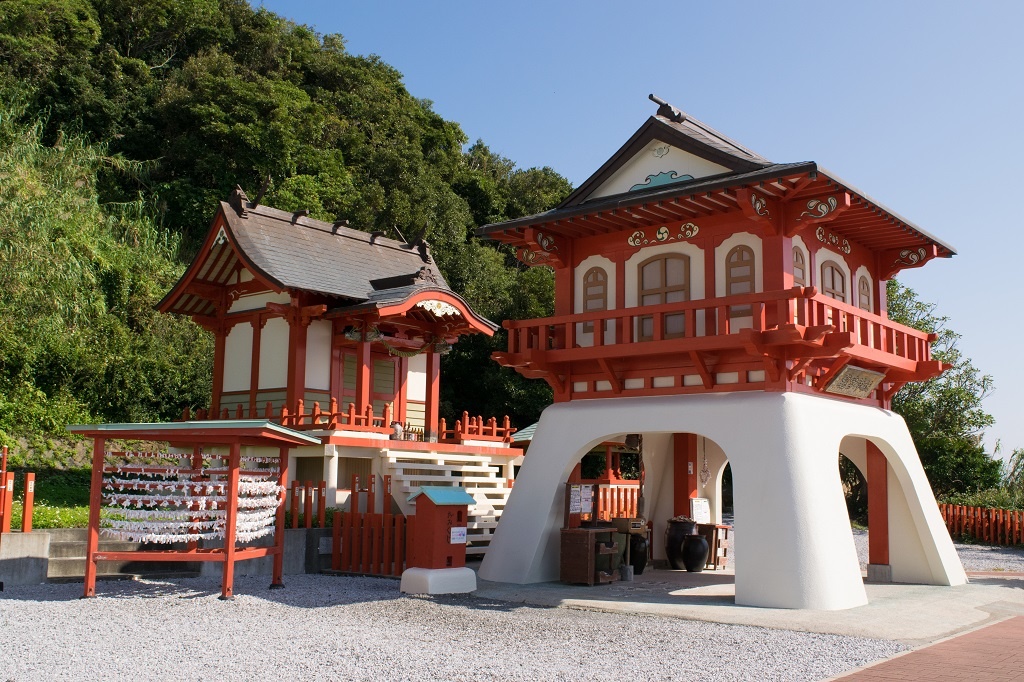
This is the southernmost cape on the Satsuma Peninsula. Mt. Kaimondake, also known as Satsuma Fuji, can be seen in front of the cape, and on a clear day, Yakushima Island and Iwo Jima can be seen from the cape. The area is designated as Kirishima-Kinko Bay National Park and offers a scenic view. The area is also known as "Ryugu-no-hana," or "Dragon's Palace Nose," because legend has it that this is where Urashima Taro set out for the Dragon's Palace. The shrine is dedicated to Princess Toyotama (Otohime-sama) and is also known as Ryugu Shrine. It is a popular spot as a god of marriage. It is also a spawning ground for sea turtles, which is also befitting of Urashima Taro. Nearby is the Nagasaki Hana Lighthouse. By the way, the name "Nagasaki Hana" is a term used to describe a cape with a "long-tipped nose" topography. There are eight such capes in Japan.
| Official Site | https://www.ibusuki.or.jp/tourism/view/nagasakibana/ |
|---|

